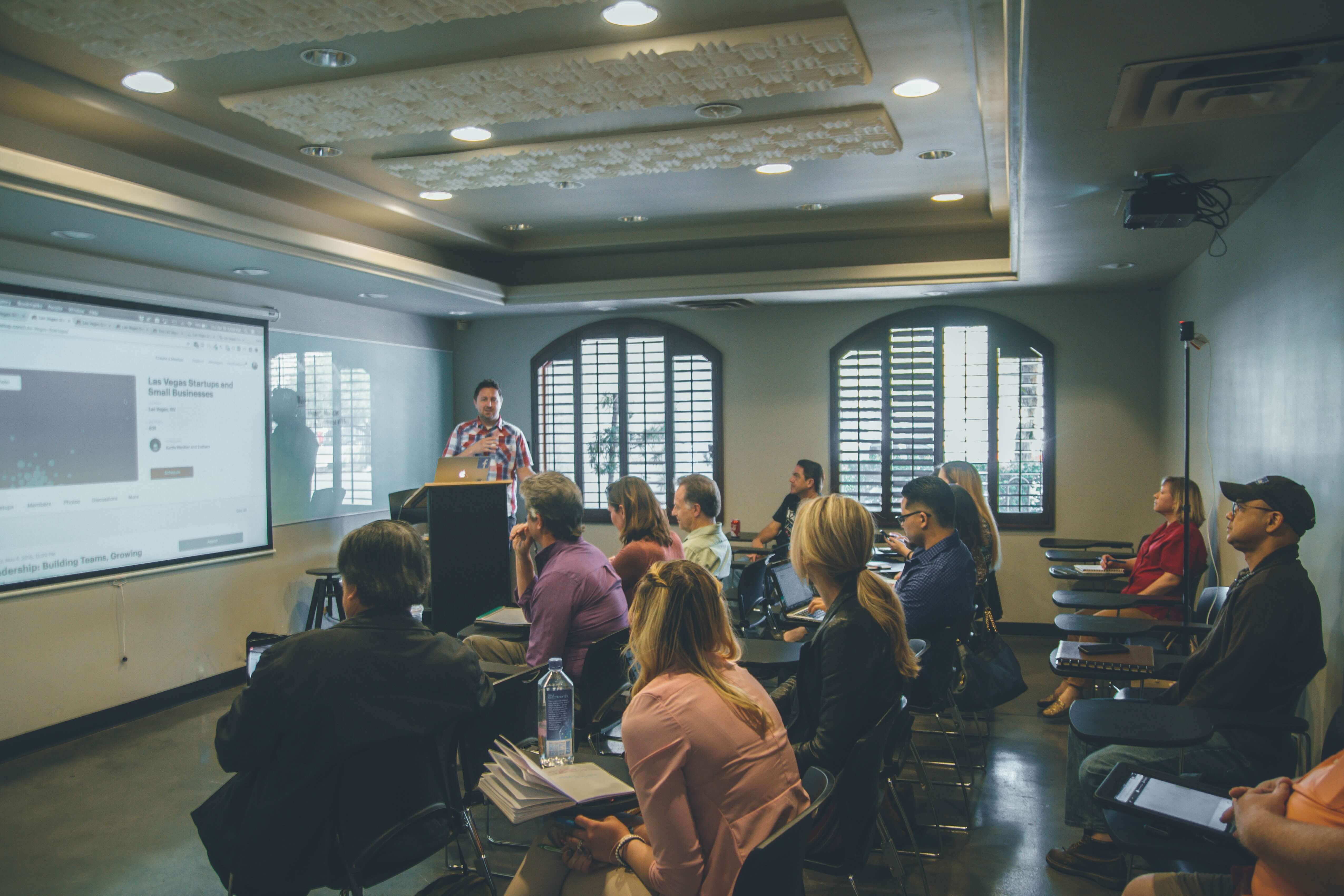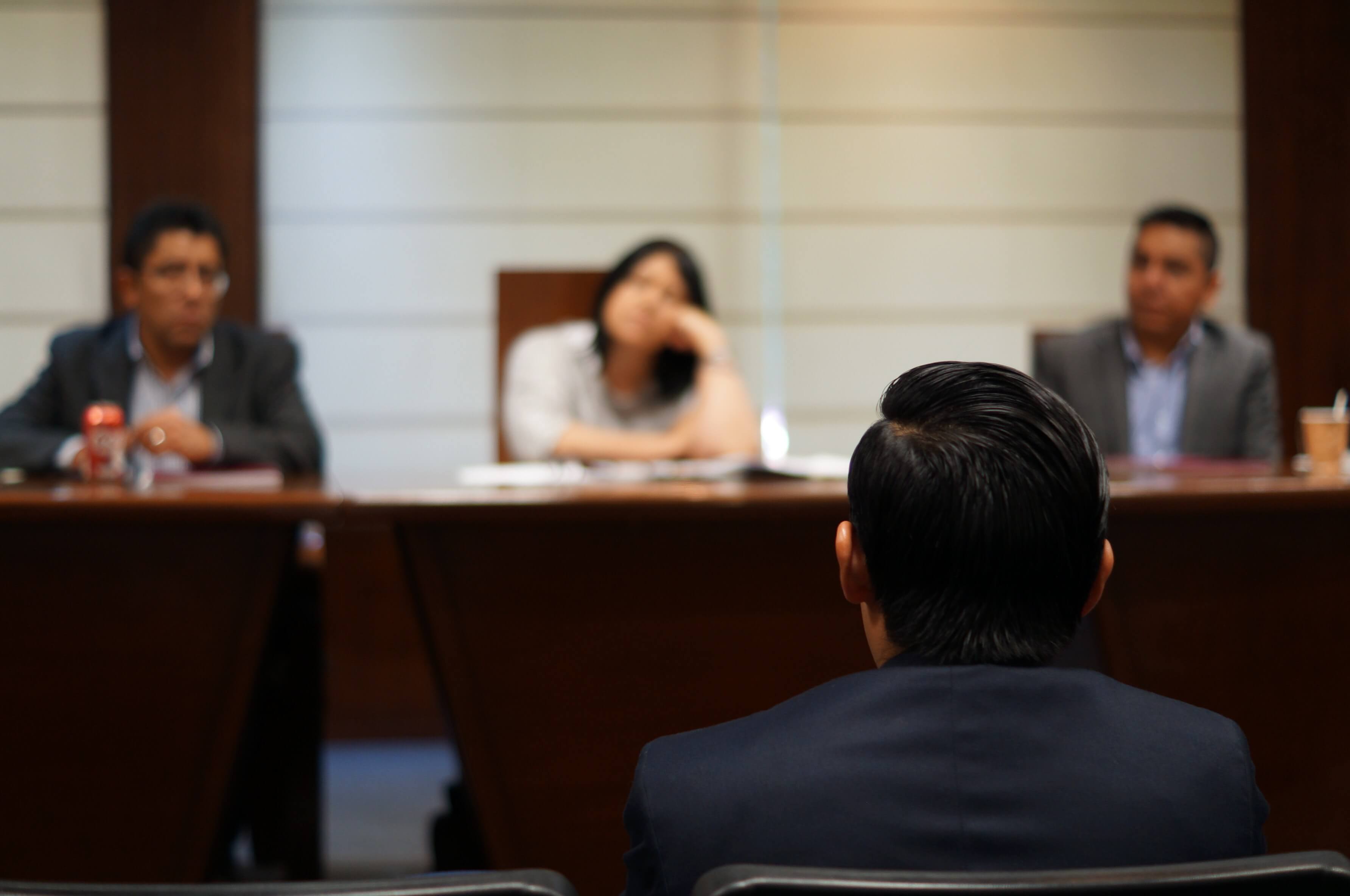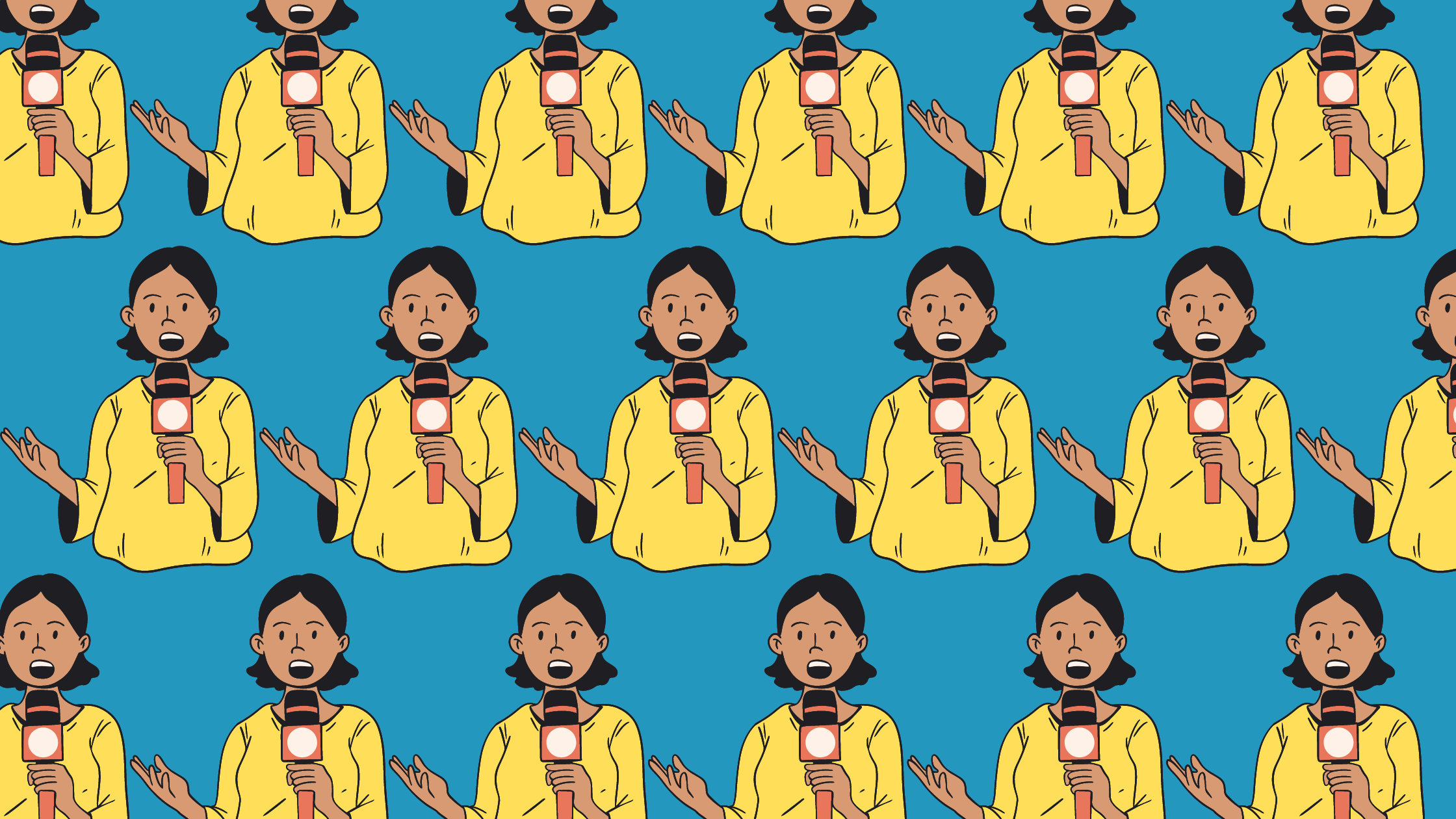Fair Use doctrine is an aspect of United States copyright law that permits use of copyrighted materials without permission of the copyright owner in certain circumstances. Section 107 of the Copyright Act provides the full details of what constitutes fair use. It is decided on a case by case basis which is influenced by four factors:
- Purpose and character of the use
- Nature of the copyrighted work
- The Amount Used and Substantiality
- Effect of the Use on the Market
DISCLAIMER: this article is not intended for legal advice. It is merely for personal reference. For further information, please reach out to a copyright attorney or the US Copyright Office.
First Factor: Purpose and Character of the Use
The first factor copyright courts look at is how the party claiming fair use is using the copyrighted material.
Less Likely to Be Fair
- Commercial use
- Bad faith use
More Likely to Be Fair
- Transformative use
- Nonprofit educational purposes
- Illustrative purposes
This doesn’t necessarily mean that all commercial uses are unfair use and all noncommercial and educational use is fair, but it’s a pattern.

Second Factor: Nature of the Copyrighted Work
Next, courts look at the type of work that is being used. Use of copyrighted factuals works is more likely to be ruled fair use than use of a creative work. Use of an unpublished work is unlikely to be considered fair use of a copyrighted work.
Less Likely to Be Fair
- Unpublished works
- Creative works
More Likely to Be Fair
- Factual works
Third Factor: The Amount Used and Substantiality
Next, courts consider how much of the copyrighted work was used. Basically, the less of the work you use, the more likely it is to be fair use.
Less Likely to Be Fair
- Using the heart of the work
- Using more of the work
Neutral
- Necessary for a transformative purpose

Fourth Factor: Effect of the Use on the Market
Finally, the court considers the impact of the unlicensed use of the work on the copyright holder and the potential market for the original work.
Less Likely to Be Fair
- Use decreases demand for the original work by acting as a substitute
- Use is the sort that the rights-holder currently licenses
More Likely to Be Fair
- Use is the sort the rights-holder is unwilling to license

Fair Use in Particular Areas
There are some types of work that require unique approaches to the finding of fair use.
Documentary Films and News Reporting
Commentary and Criticism
Reviews and other forms of commentary and criticism are allowed to use parts of the work if it’s necessary to achieve its purpose. For example, quoting a book in a book review.
Internet Publication
There have been a series of court cases related to fair use and internet publication. In 2003 Kelly vs. Arriba Soft Corp. was ruled that creating thumbnails of copyrighted images is considered transformative enough to be fair use. In 2008 the Northern District of California court ruled that a copyright holder can’t demand a takedown without a legal proceeding taking place.
Music Sampling
Until 1991 music sampling was accepted practice, particularly in rap. Grand Upright Music, Ltd. vs. Warner Bros. Records set a precedent requiring artists to get a license to sample another artist’s music.
Parody
Parody requires using quite a bit of the original work in order for the joke to come across. For that reason, parodies are allowed to use more of the original work than other forms of using copyrighted works.
Text and Data Mining
A series of court cases, including Author's Trust, Inc. vs. Google, Inc. and Author's Trust, Inc. vs. HathiTrust ruled that research tactics text and data mining are fair use. This ruling was due to the transformative nature of the processes.

International Influence
United States fair use policy has influenced policies in the following countries:
- Israel
- Malaysia
- Poland
- Singapore
- South Korea
- Fair dealing
- Australia
- Canada
- United Kingdom
How Sav Can Help
Here at Sav, we’re dedicated to creating and protecting your digital identity from your domain to your website to the products and services you sell. Create an account today to get started.
Newsletter
Popular
Top Articles
Recommended articles
How to Make a Media Kit
What is a Media Kit? A media kit, also known as a press kit, is a document that businesses give to journalists and media outlets before an...
Read moreWhat is Brand Voice? [And How to Create One]
What is Brand Voice? A brand voice is the unique personality a brand takes on in all of its communication channels. And it’s not just about...
Read moreA Beginner's Guide to the Product Development Process
What is Product Development? Product development is the process of creating a new product or updating an existing product from idea to...
Read more




